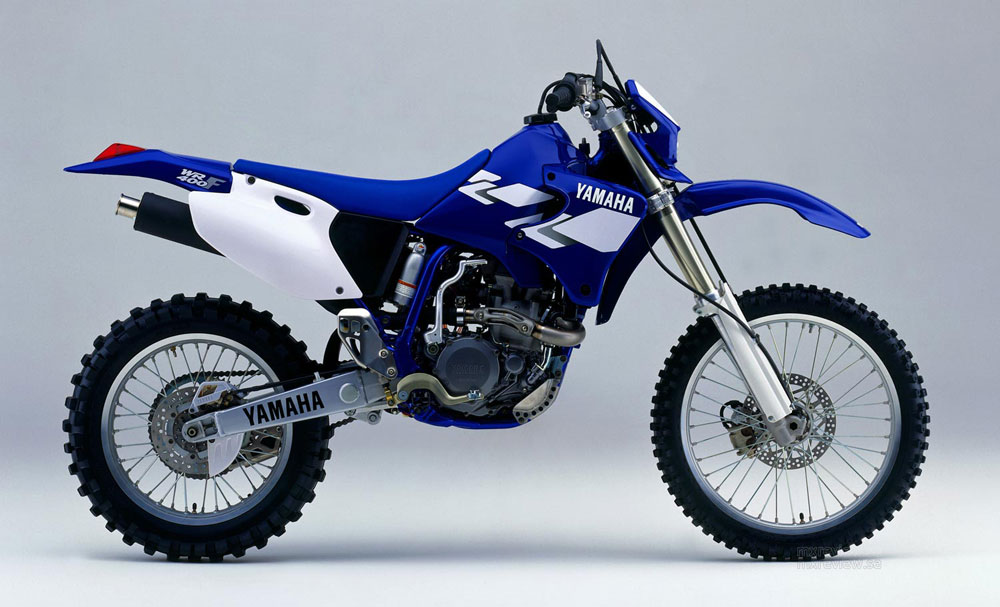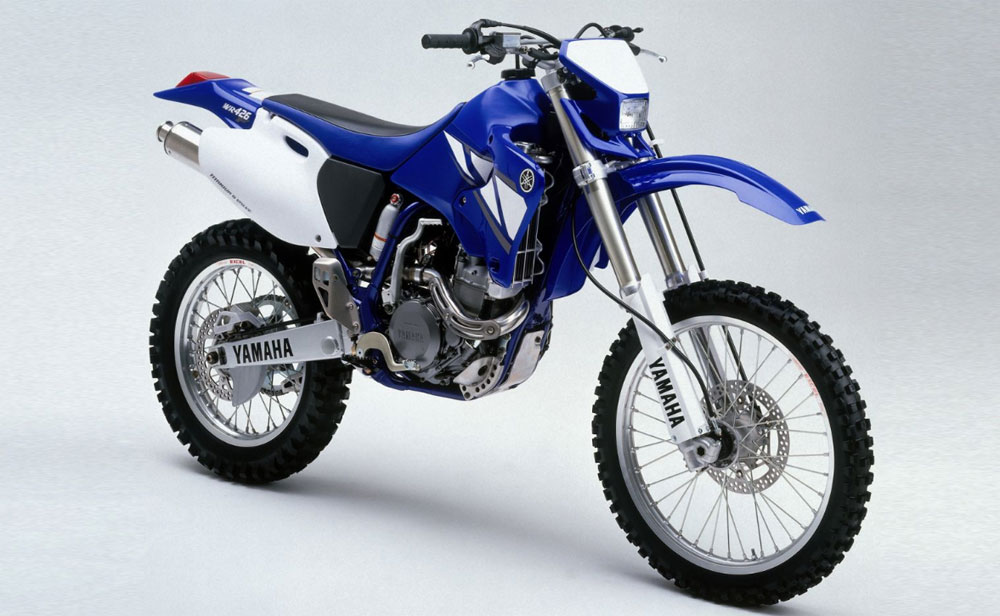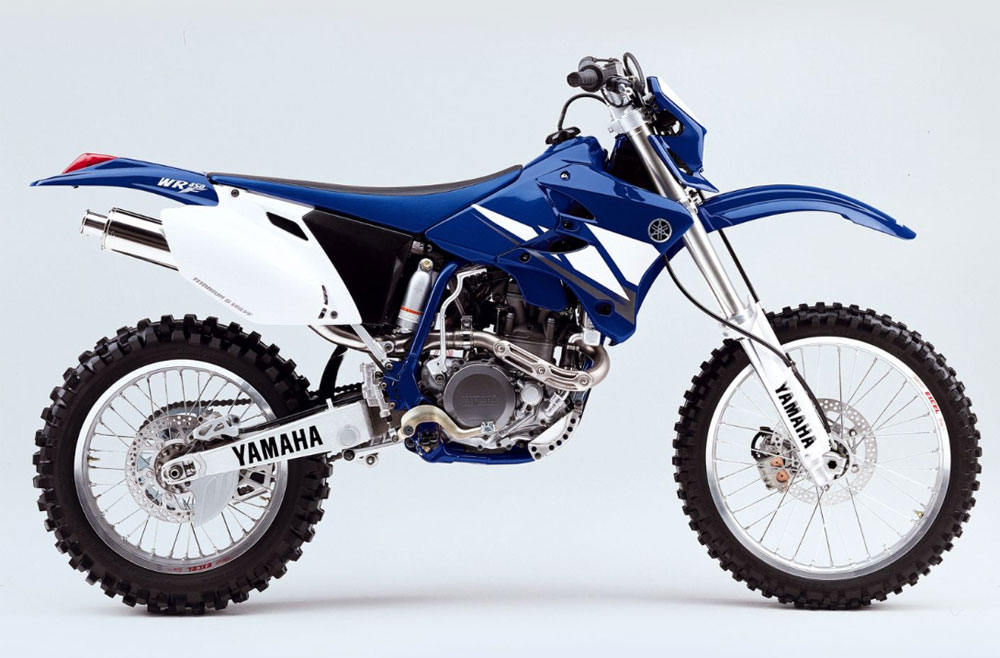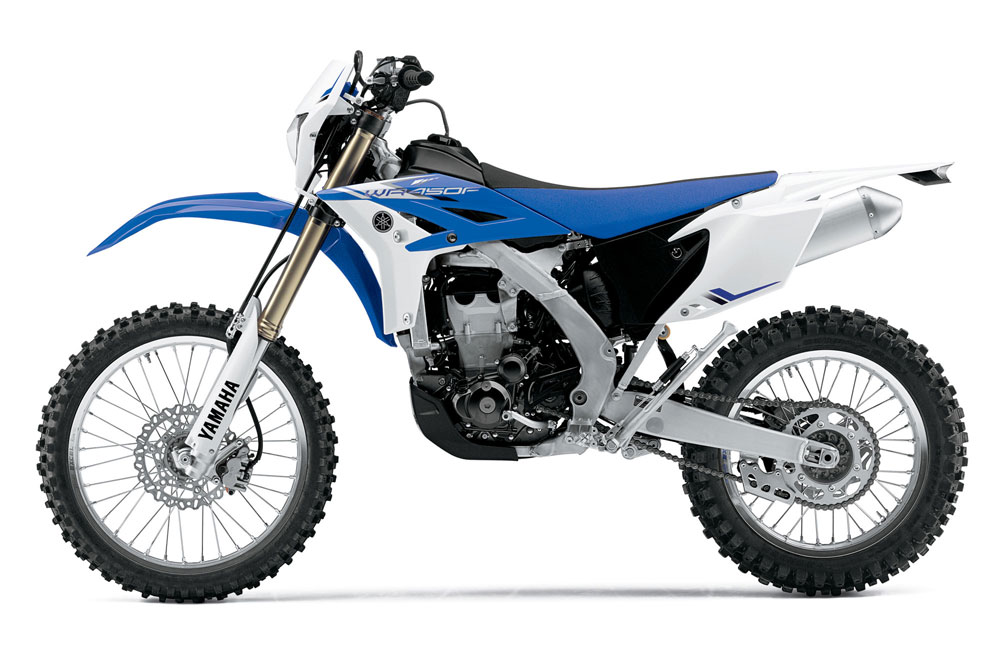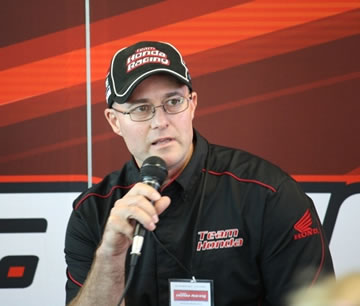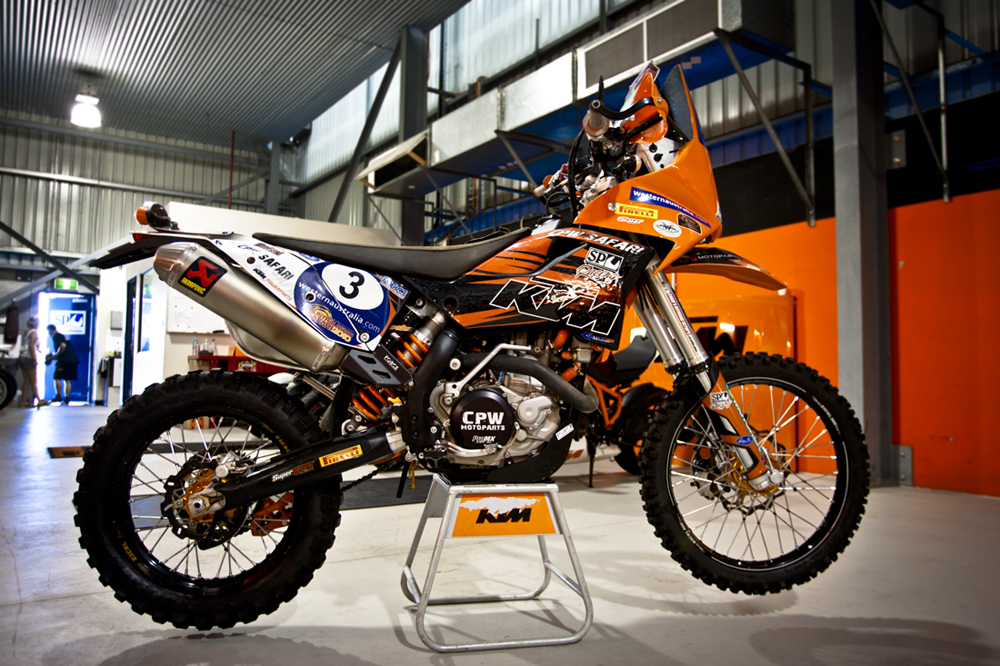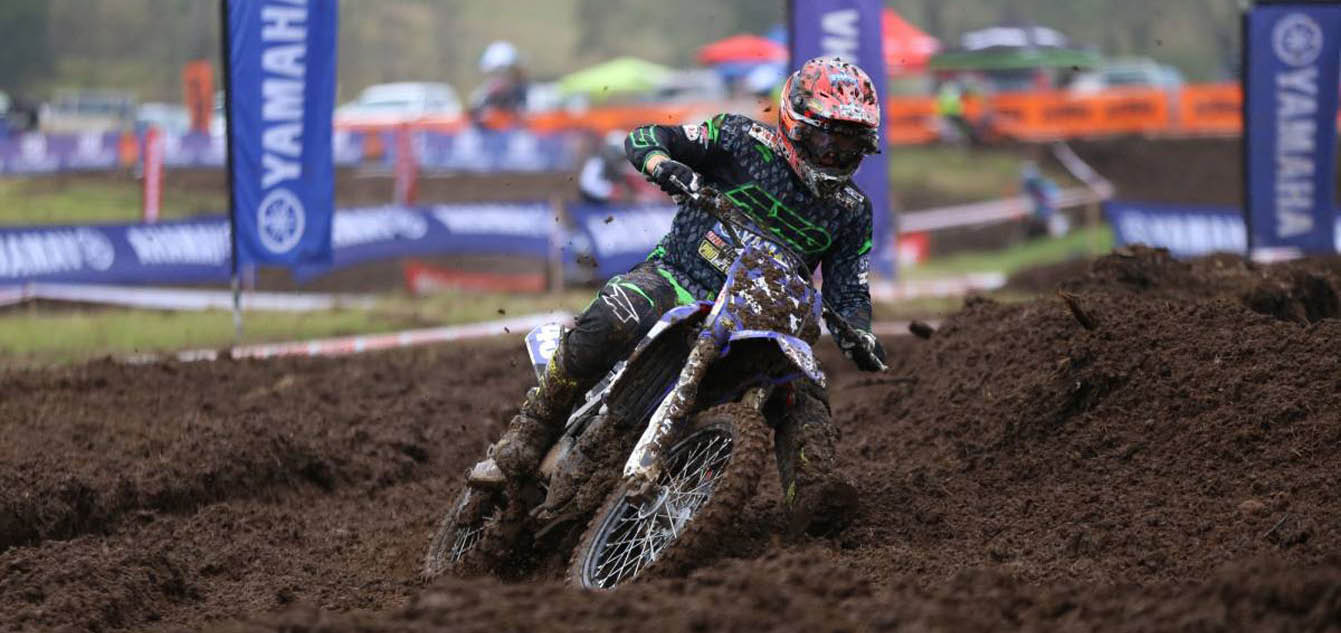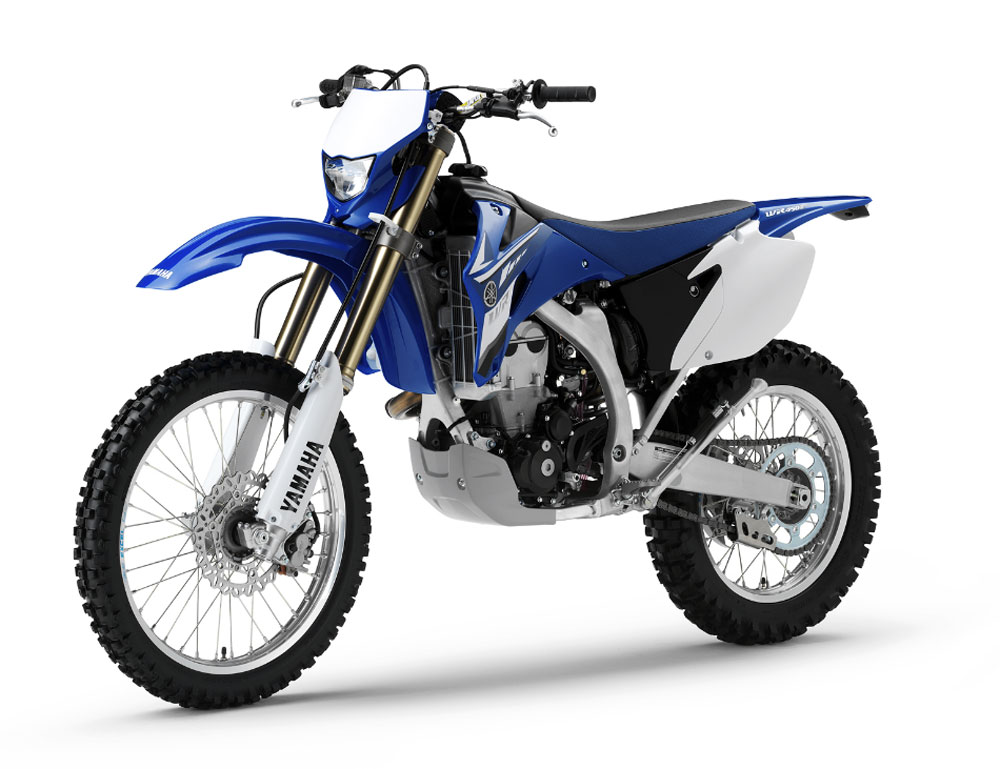
THE LIFE OF THE WR450F
It arrived in 1998 amidst the fanfare that greeted the YZ400F and together they changed the bike world. Up until that point, the idea of a big-bore four-stroke being considered alongside, let alone mixing it with, the two-strokes of the day was ridiculous. In the bush, the KDX, IT, XR, TE and EXC were dominant and the smell of pre-mix was all pervasive.
STORY DAMIEN ASHENHURST

Along came the WR400F and this worldview was turned on its head. It was fast, it turned and it didn’t look or feel like the XRs or TTs of the day. It was literally the shape of things to come.
From that day on the WR450F has become one of the best-loved and biggest-selling enduro bikes of all time. Australians love the WR-F and we thought it a good idea to have a look back at the evolution of the WR450F from birth through all the major updates to today’s fuel-injected offering.
1998: WR400F
And so it begins. The WR400F turned heads and won fans as soon as it touched the trails. Its motocross brother was busy doing the same. Honda had no idea this was coming and the great rivalry swung Yamaha’s way.
ENGINE
• Light and compact 399cc DOHC liquid-cooled single-cylinder 4-stroke
• Stronger, wider power band than many 250 2-strokes
• 5-valve cylinder head with magnesium cover
• Low-friction short-skirt piston
• Hard-wearing ceramic composite-plated cylinder
• Wide-ratio 5-speed transmission
• Dry-sump lubrication reduces engine width
• Lightweight single-shaft balancer
• High-capacity generator
• Magnesium left- and right-side engine covers
• Kickstarter with manual decompressor
CHASSIS
• 250-class geometry and dimensions
• YZ250Z-based front and rear suspension systems
• High-rigidity semi-double cradle frame with integral oil tank
• 18-inch rear wheel
• 12L fuel tank with reserve tap
2001: WR426F
You want more? You got it. To answer criticism that the 400 lacked power, Yamaha responded with the WR426F and it had built an animal. The 426 is a legendary machine that’s still the subject of many campfire stories — most of which end with, “And then I hit a tree …”
• Increased displacement
• Performance increase
• Titanium valves
• Revised ignition
• Revised carburetor settings
• Lower friction crankshaft
• Revised front brake system
• Lighter rear swingarm
• Modified suspension setting
• New-shape seat
• 8L fuel tank
2003: WR450F
OK, so the 426 was a bit crazy, right? Yamaha then went and rethought the whole thing and gave us the final solid iteration of the bike that we’d love and live with for another 10 years. The 450 was milder and it spread the power over a greater range with tonnes of torque. This bike won fans and sales fast. Honda still had no answer and the WR450F reigned supreme.
ENGINE
• All-new lightweight 450cc DOHC liquid-cooled 4-stroke engine
• Compact and lightweight electric starter with kickstarter
• New camshaft with compact automatic decompressor
• Convenient handlebar-mounted hot start lever
• Wide-ratio 5-speed transmission
• Larger-capacity radiators
• Quick-release airbox with left-side cover opening
• 95×63.4mm bore and stroke
• New ultra-compact 5-valve cylinder head
• Shorter titanium valves and more compact valve springs
• New-design compact cam chain tensioner
• New-design lightweight forged piston
• Modified primary-driven gear with rubber dampers
• Redesigned crankshaft assembly
• Modified carburetor with optimised settings
• Improved airbox joint design
• Sparkplug cap integrated ignition
• New-design CDI unit
• Smaller oil pump
• New-type oil filter
• New aluminium oil hoses
CHASSIS
• New design mass-centralising 10L fuel tank
• Fully equipped with front and rear lights
• 18-inch rear wheel
• Steel rear sprocket
• All-new semi-double cradle frame with improved balance and rigidity
• New lightweight square-section aluminium subframe
• Radical new ‘wedge’-style tank/seat/radiator air scoops
• 5mm-shorter wheelbase
• New-shape integral oil tank with relocated filler cap
• Lightweight rear upper engine mounting bracket
• New two-piece resin/aluminium engine protectors
• Lighter engine sidecase guards
• New-design lightweight anodised swingarm
• Lighter front caliper with aluminium piston
• Modified front brake master cylinder
• Lighter rear caliper, caliper bracket, pads and caliper protector
• Integrated rear brake master cylinder and reservoir
• Modified swingarm seal guard
2007: WR450F
And now we say hello to the aluminium frame and a bike that will remain unchanged in any significant way for years to come. It didn’t change because it sold and it was loved and guys like Chris Hollis showed it could win titles, too.
In 2007 it now has competition from Honda who have come into the market with a very good CRF450X. KTM was well established as a force to be reckoned with as well, but this is the model you still see the most on the trails and we’ll be seeing it for a long time yet — because it worked and was bulletproof.
ENGINE
• Carburetor setting changed
• Camshaft profile changed
• CDI setting is changed
• New 5-speed transmission
• Primary reduction gear ratio is taller
• New dry-sump lubrication
• New tungsten balancer shaft
• New generator assembly (from WR250F)
CHASSIS
• New aluminium frame
• Suspension setting modified
• Fork brackets modified
• New high-capacity radiator
• New air cleaner box
• New headlight cowl and headlight assembly
• More comfortable single seat
• Wave type brake disk
• Pro-Taper handlebar
• Wide footrests
• New engine guard
• 8L fuel tank
2012 WR450F
The time had come. The WR450F was looking tired and was far from representative of current technology, the European brands now holding the mantle as the ones to measure all others against in the bush. Yamaha responded through the hard work of Yamaha Australia and guys like Geoff Ballard, who fought for the model’s survival and pushed its development.
The 2012 WR450F was ensconced once again as the most relevant Japanese enduro offering and the people responded by buying it in bucket loads. It entered a brave new market and it isn’t the obvious choice any more, but the story of the WR-F is one of toughness and a never-say-die attitude. That’s why so many blokes love it and we can’t wait to see what comes next. We have a feeling Yamaha’s got something up its sleeve.
ENGINE
• Ultra-reliable liquid-cooled, 4-stroke, 5-valve, 449cc engine
• Wide, controllable powerband and explosive acceleration
• Titanium valves and DOHC construction enable a high rpm range
• The engine has an enduro-specific camshaft profile and 5-speed gearbox
• Fuel injection system
• A higher-capacity generator
• A lightweight and compact fuel pump
CHASSIS
• Slimline and compact frame design from the YZ250F
• Lightweight aluminium construction of the frame
• Excellent rider feedback, allowing the rider to feel what the bike is doing and respond accordingly
• Slimline plastic-resin fuel tank is mounted inside the frame beams, with 7.2L capacity
• Wheelbase is 1475mm, 25mm shorter than the previous model
• Suspension settings are tuned for enduro use
• Fuel warning lamp on the dashboard lights up when less than 2L remain
• Black Excel rims, Pro-Taper handlebar and Wave-type front and rear discs express the professional quality of the bike
Want more articles like this? Subscribe to Dirt Action Magazine.

